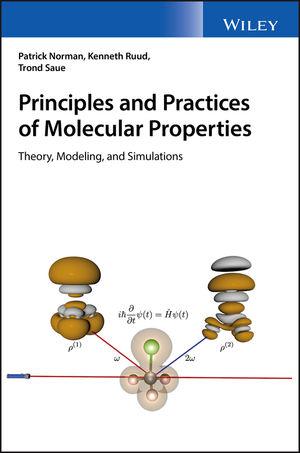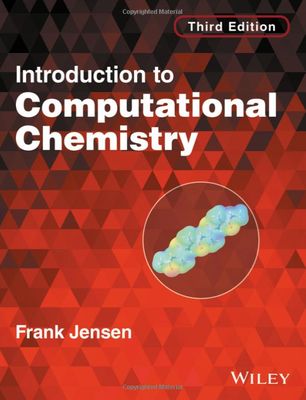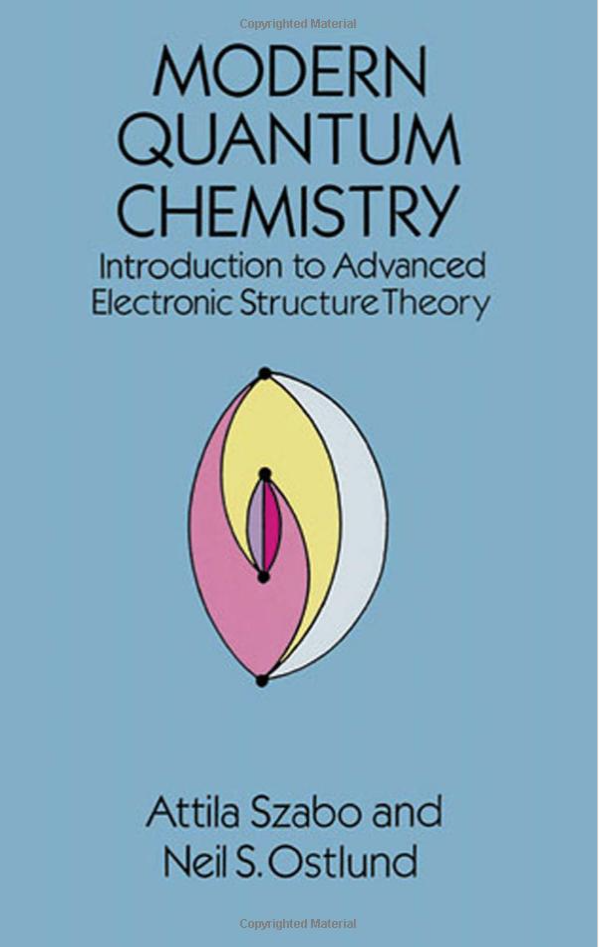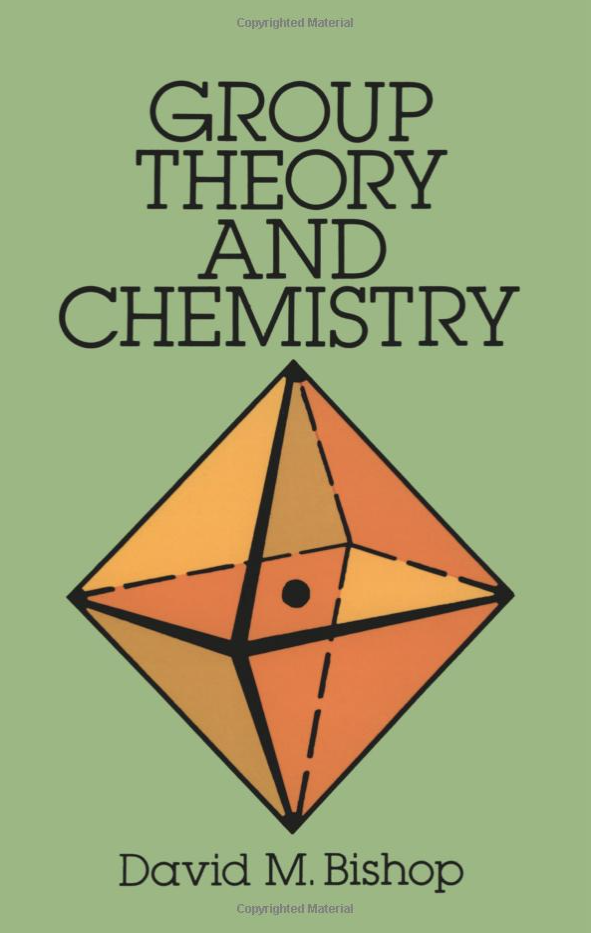Course literature
The course presentation will be based on multiple sources of literature, including
- (NRS): Principles and Practices of Molecular Properties by Norman, Ruud and Saue, Wiley, (2018), https://onlinelibrary.wiley.com/doi/book/10.1002/9781118794821
- (FJ): Introduction to Computational Chemistry by Jensen, Wiley, (2017).
- (SO): Modern Quantum Chemistry by Szabo and Ostlund, Dover, (1996). Reprint of the McGraw-Hill Publishing Company, New York, 1989 edition
- (DB): Group Theory in Chemistry by David Bishop, Dover, (1993). Reprint of The Clarendon Press, Oxford, 1973 edition




Reading guidelines
| Lecture | Topic | Book chapter/section |
| 1 | Hilbert space for electronic wave functions | NRS: 2 |
| 2 | Generators of rotation for electronic wave functions | NRS: 4.3 |
| 3 | Interpretation of many-electron wave functions | NRS: 1 |
| 4 | Matrix elements, BO approximation | SO: 2.3; NRS: 6.1; FJ: 3.1 |
| 5 | Hartree–Fock equation | SO: 3.1-3.2; FJ: 3.2-3.3 |
| 6 | Canonical Hartree–Fock equation | SO: 3.2-3.3; FJ: 3.2-3.4 |
| 7 | Koopmans and Brillouin theorems | SO: 3.3; FJ: 3.4 |
| 8 | Self-consistent field (SCF) solution | SO: 3.4; FJ: 3.5 |
| 9 | Spin operators for multi-electron systems | SO: 2.5 |
| 10 | Spin-adapted configurations | SO: 2.5 |
| 11 | Symmetry and molecular point groups | NRS: 4; DB 2.3, 3 |
| 12 | Matrix representations of symmetry groups | NRS: 4; DB 5, 6, 7 |
| 13 | Spectroscopic selection rules | NRS: 4 |
| 14 | Configuration interaction | FJ: 4.2-4.3 |
| 15 | Rayleigh–Schrödinger perturbation theory | FJ: 4.8 |
| 16 | Møller–Plesset perturbation theory | FJ: 4.8 |
Exercises
Material for the computer exercises and problem sessions are made available on Canvas and in the Jupyter course book, respectively.